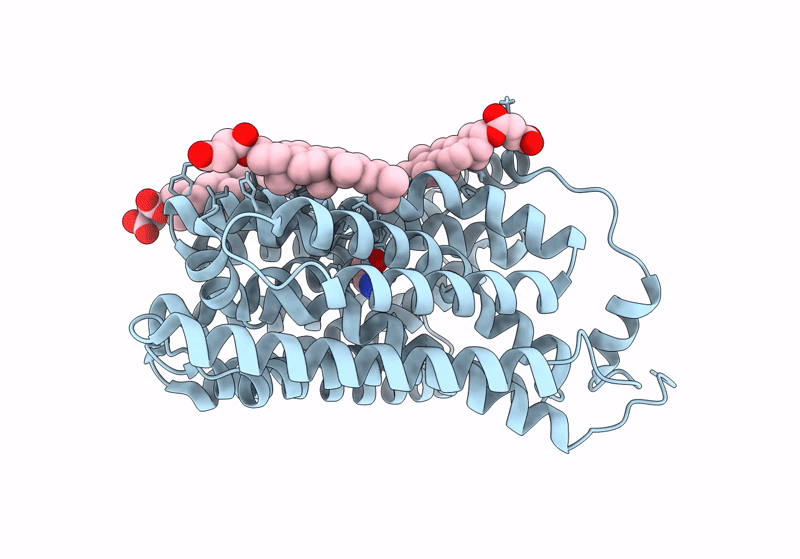
Deposition Date
2023-09-25
Release Date
2024-03-27
Last Version Date
2025-06-04
Method Details:
Experimental Method:
Resolution:
2.50 Å
Aggregation State:
PARTICLE
Reconstruction Method:
SINGLE PARTICLE


